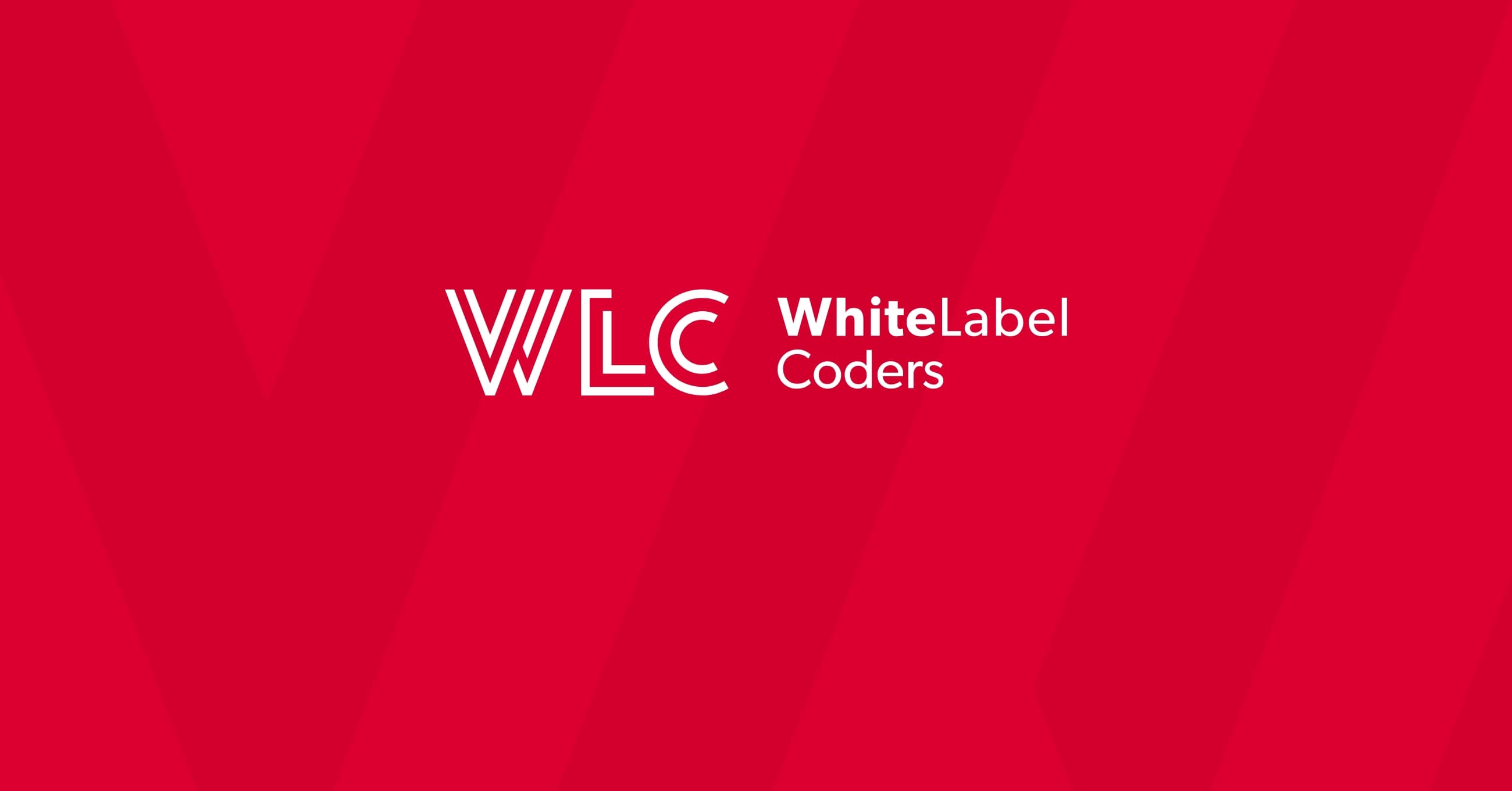Category: SEO AI
How to maintain custom WordPress websites?

Maintaining a custom WordPress website requires a comprehensive approach that goes beyond standard updates. Regular maintenance involves core updates, security monitoring, performance optimisation, database cleanup, and custom code reviews. Unlike standard WordPress sites, custom installations need specialised attention for bespoke themes, plugins, and functionality to ensure optimal performance, security, and user experience.
Understanding the Importance of Custom WordPress Maintenance
Custom WordPress websites demand more attention than standard installations because they contain unique code, specialised functionality, and bespoke integrations. Your custom WordPress website represents a significant investment in tailored solutions that perfectly match your business requirements.
Regular maintenance protects your investment by preventing security vulnerabilities, maintaining optimal performance, and ensuring all custom features continue working seamlessly. Custom themes and plugins often lack the extensive testing that commercial solutions receive, making proactive maintenance crucial for identifying potential issues before they impact your users.
When you’ve invested in WordPress custom development, maintenance becomes even more critical. Custom code can interact unexpectedly with WordPress core updates, third-party plugins, or server changes. Without proper maintenance, your carefully crafted custom functionality could break, leaving you with costly emergency repairs and potential downtime.
What Does Regular WordPress Maintenance Include?
Comprehensive WordPress maintenance encompasses multiple layers of care for your custom installation. This includes WordPress core updates, plugin management, theme maintenance, database optimisation, security monitoring, and reliable backup procedures.
Core maintenance tasks involve updating WordPress to the latest version whilst ensuring compatibility with your custom code. Plugin management requires careful evaluation of each update’s impact on your bespoke functionality. Theme maintenance involves checking custom CSS, PHP functions, and template files for potential conflicts or security issues.
Database optimisation removes unnecessary data, optimises table structures, and ensures efficient query performance. Security monitoring includes regular malware scans, user access reviews, and vulnerability assessments. Backup procedures ensure you can quickly restore your site if issues arise during maintenance or updates.
| Maintenance Area | Frequency | Key Tasks |
|---|---|---|
| WordPress Core | Monthly | Updates, security patches, compatibility testing |
| Plugins | Weekly | Updates, conflict testing, performance monitoring |
| Custom Code | Quarterly | Security review, performance optimisation, compatibility checks |
| Database | Monthly | Cleanup, optimisation, backup verification |
How Often Should You Update Your Custom WordPress Website?
Update frequency depends on the component type and your site’s complexity. WordPress core updates should be applied monthly for minor releases and immediately for security patches. However, custom installations require staging environment testing before applying any updates to production.
Plugin updates need weekly attention, but custom WordPress websites require careful testing of each update’s interaction with bespoke functionality. Theme updates should be approached cautiously, especially if you’ve made custom modifications that could be overwritten.
Custom code reviews should occur quarterly, examining your bespoke functionality for security vulnerabilities, performance issues, and compatibility with the latest WordPress version. This proactive approach prevents issues that could arise from WordPress core updates or changing server environments.
What Are the Best Practices for WordPress Security Maintenance?
Security maintenance for custom WordPress sites requires a multi-layered approach focusing on user management, file permissions, security plugins, regular malware scanning, SSL certificates, and thorough custom code security reviews.
User management involves regular audits of user accounts, removing inactive users, and ensuring appropriate permission levels. Strong password policies and two-factor authentication provide additional security layers. File permissions should be set correctly, with wp-config.php and other sensitive files properly protected.
Security plugins provide automated monitoring and protection, but custom code requires manual security reviews. Regular malware scans help identify compromised files, whilst SSL certificates ensure secure data transmission. Custom functionality should be reviewed for common vulnerabilities like SQL injection, cross-site scripting, and insecure data handling.
How Do You Optimise WordPress Performance During Maintenance?
Performance optimisation during maintenance involves database cleanup, image optimisation, caching configuration, CDN implementation, and monitoring tools specifically configured for custom WordPress environments.
Database cleanup removes spam comments, post revisions, and transient data that accumulate over time. Image optimisation ensures media files don’t slow down your site, whilst caching solutions reduce server load and improve page loading times.
Content delivery networks distribute your site’s static assets globally, reducing loading times for international visitors. Performance monitoring tools help identify bottlenecks in your custom code, allowing for targeted optimisations that maintain functionality whilst improving speed.
What Backup Strategy Works Best for Custom WordPress Sites?
Effective backup strategies for custom WordPress sites combine automated solutions with manual processes, covering both database and file system backups with regular recovery testing to ensure backup integrity.
Automated backups should run daily for databases and weekly for complete file systems. However, custom sites benefit from manual backups before any updates or changes to custom code. Store backups in multiple locations, including cloud storage and offline copies.
Recovery testing ensures your backups actually work when needed. Test restoration procedures quarterly, verifying that custom functionality works correctly after restoration. Document your backup and recovery procedures, including any special considerations for custom code or database configurations.
How Do You Troubleshoot Common WordPress Maintenance Issues?
Troubleshooting maintenance issues requires systematic approaches for plugin conflicts, theme problems, database errors, performance bottlenecks, and custom code debugging specific to your bespoke functionality.
Plugin conflicts often manifest after updates, requiring deactivation testing to identify problematic plugins. Theme issues might involve custom code conflicts with WordPress updates or plugin changes. Database errors can stem from corrupted tables or incompatible queries in custom code.
Performance bottlenecks in custom WordPress sites often relate to inefficient database queries, unoptimised images, or poorly coded custom functions. Debugging custom code requires development tools, error logging, and systematic testing to identify and resolve issues without breaking existing functionality.
Key Takeaways for Successful WordPress Maintenance
Successful WordPress maintenance requires consistent scheduling, appropriate tools, and professional expertise when dealing with complex custom functionality. Preventive maintenance costs significantly less than emergency repairs and ensures your custom WordPress website continues delivering value.
Essential maintenance principles include regular updates with proper testing, comprehensive security monitoring, performance optimisation, and reliable backup procedures. Document all custom modifications and maintain staging environments for safe testing.
Consider professional WordPress maintenance services when your custom functionality becomes too complex for in-house management. Expert maintenance ensures your investment in WordPress custom development continues providing optimal returns whilst protecting against security threats and performance issues.

